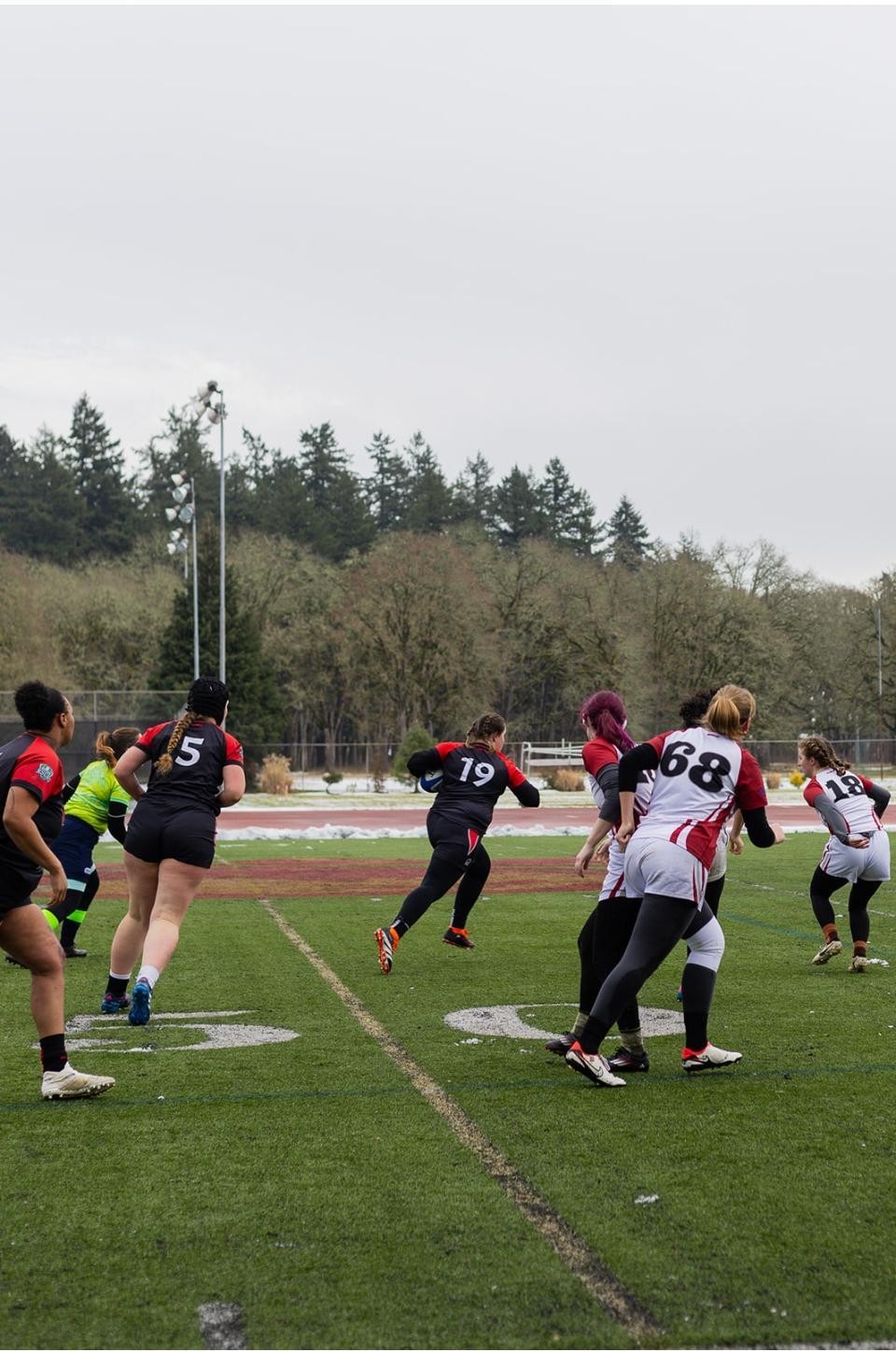With that said I am super stoaked about this next Q&A, not only is this a new rugby club forming but it also is serving a gap between the more higher count club community in and around Seattle and the vast portland metro area. I've personally traveled through this region many times and still do every so often when going from Oregon to Washington to see family in Oak Harbor or to catch a Seawolves match. I love hearing about ruyby clubs starting in small communities because I truly believe if given a chance those programs can really bring that place together and create something special that many larger population location clubs lack or just can't quite grasp. Located in Centralia, WA in Lewis County. The Elks are gearing up to help further spread the great game of rugby and also just maybe, produce the next great Seawolve or Eagle.
Thank you D.J for taking the time to answer these questions and being massively patient in me getting this posted.
LLR- How did you get involved with rugby?
D.j- When I was younger my dad asked me if I wanted to watch a cool new sport. I said “yes” and turned on 7s tournament. Shortly after started playing at a young age. Now running a youth club!
LLR- When was the club founded?
D.J- December 2024
LLR- What level of Rugby do the elks play?
D.J- We play at a D2 Highschool level. We are still very new and doing everything we can to encourage players to try a new sport.
LLR- Where is the club located in Washington?
D.J- We are located in Centralia,WA but encourage anywhere in Lewis County to come try rugby.
LLR- What's been the most challenging part thus far running a rugby club?
D.J- Getting the word out of rugby to the local schools and finding a pitch to call home I would say is the most difficult.
LLR- Has there been anyone or group that's been supportive and resourceful in helping ?
D.J.- I have asked for mentorship from other clubs in my division and they have been more than helpful with information. As well as talking to my former coaches who have helped a lot.
LLR- Where are practices held and where will home field be ?
D.J- As of right now, Centralia Athletic director has been more then helpful on letting me use a practice field for the time being.
LLR- What is a 5 year goal, where would you like to see things at?
D.J- My goal at 5 years, would be to have youth to high school rugby flowing with the cities around the club to support to give the most opportunities to the youth. Also, to be able to take tours out of state to expand the visibility of rugby for our area and have the players make life long connections.
LLR- How is recruitment going thus far?
D.J- When the club first started it was very rough but as I am responding to this, I have had a couple players reach out to their friends and we are slowing building up.
LLR- How can players,supporters and sponsors get in touch?
D.J- We have a Facebook page Lewis County Elks or an email LewisCountyElks@gmail.com
LLR- Any advice for those who are considering wanting to get involved with rugby?
D.J- For starting a club, do everything you can to get the word out and email and visit local businesses to get sponsorships. Other than that, remember why you are apart of rugby and how great the sport is on and off the field
* I really look forward to seeing this club grow and on our next trip up to Washington, stopping by and saying hi.











